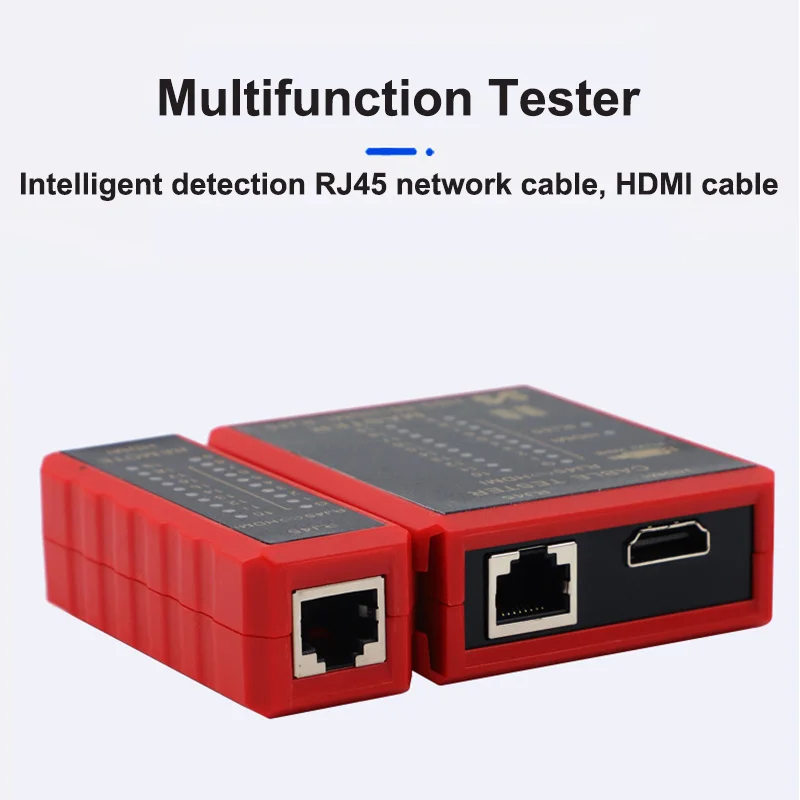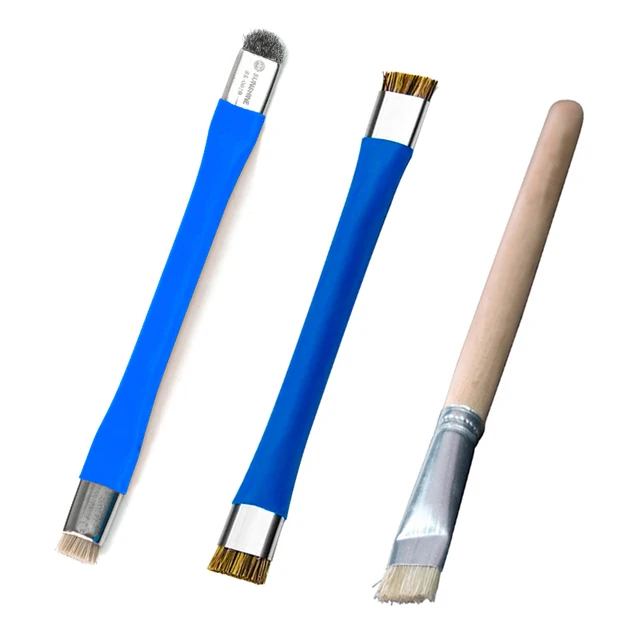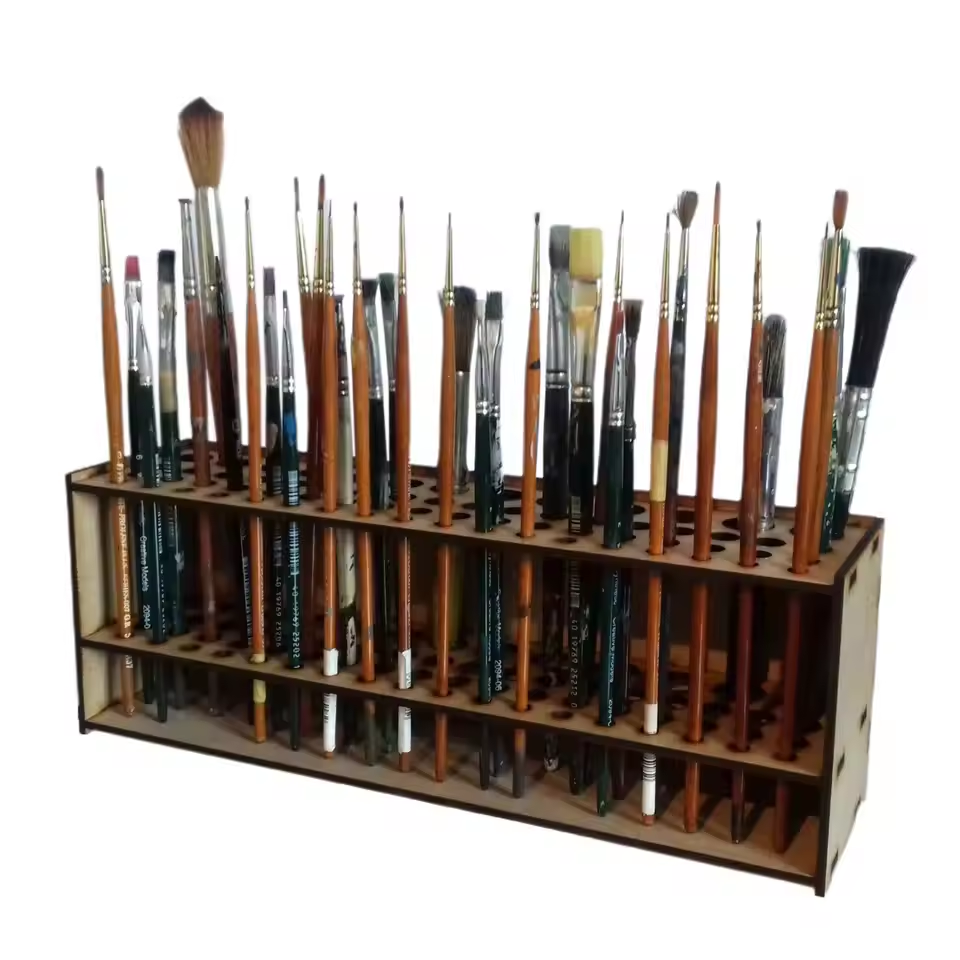This post is part of my video blog and you can find more information about this video.
You can support this channel on Patreon: patreon.com/JohnElliotV
Silly Job Title: Systems Architect. I am the Systems Architect!
In this video we keep on working through Learning the Art of Electronics chapter 1N DC Circuits. Today’s circuits are from Figure 1N.25: Set of similar voltage dividers: same Vthev, differing Rthev and Fig-1N.29: DVM reading departs from ideal; we can infer Rin-DVM.
We use the Tenma 72-10505 Bench Power Supply for a 20V power supply.
We use the EEVblog BM2257 Digital Multimeter as our DVM for measuring voltage.
We use the Sharp EL-546L Scientific Calculator to crunch some numbers.
We use the Multicomp Pro MP701033 Resistor Decade Box to provide the resistances used in our circuits.
We use the WilliamKlein Music Stand to hold our textbook.
We use the Carpenter Mechanical Pencil to make our notes.
We use the Hakko CHP 3C-SA Precision Tweezers for precision work.
We use the Kaisi S-160 45x30cm Repair Mat as our workspace.
Thanks very much for watching! And please remember to hit like and subscribe! :)
Following is a product I use picked at random from my collection which may appear in my videos. Clicking through on this to find and click on the green affiliate links before purchasing from eBay or AliExpress is a great way to support the channel at no cost to you. Thanks!
OULLX NSS-681HDMI-RJ45 Network Cable Tester notes notes |
Let’s go shopping!


